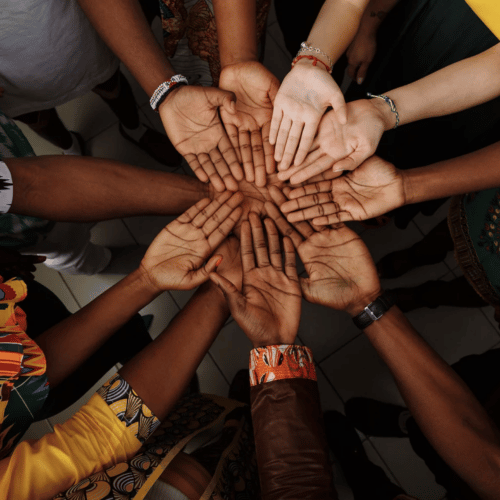Biases get in the way of hiring diverse people.
Biases get in the way of creating a truly inclusive work environment.
Biases get in the way of making sound decisions.
Every single person has biases. I am no exception. Neither are you.
The best way to avoid the pitfalls of the internal bias trap is to surround yourself with cognitively diverse people. Let’s look at an example.
Joanna Griffiths’ goal was to reinvent intimates for real life. She created leak-proof underwear to change the way women deal with their period. She pitched countless venture capital (VC) firms to get funding for her business.
She was turned away by each firm.
These VC’s were all run by male investors who thought the idea was too niche. Keep in mind that we’re talking about menstruation. Something half of the population experiences. But since the investors didn’t experience menstruation themselves, they couldn’t understand the appeal of Joanna’s business idea.
When Joanna couldn’t get investors, she decided to launch her brand called Knix on Indiegogo, a crowdfunding platform. Through Indiegogo she not only secured the investment she needed, but she also landed her first few thousand customers.
Crowdfunding had an added benefit. It created a direct line of communication to the consumer.
Knix learned what consumers wanted in terms of sizes and colors, and Knix was able to use that valuable data before they even placed their first order from a factory.
This early experience of gaining direct consumer feedback was powerful. Knix has continued their conversation with customers as they’ve grown the business. This feedback loop drives decision-making and has been a competitive advantage for the company.
Listening to consumers is one way to tap into diverse perspectives.
Knix was recently acquired for $320 million, setting the record for one of the largest female founder exits in Canada. This massive buyout was for a business idea that room after room full of male VC’c couldn’t see any value in.
This story underscores the danger of missing huge opportunities by not having cognitive diversity around the table.
Cognitive diversity inside an organization is linked to increased innovation. To create what’s never been created before requires assembling teams whose collective knowledge is so unique that they can dream newness into being. Teams that don’t walk down well-trodden paths, but instead collectively forge new trails. New trails that would never exist without their cognitively diverse perspectives melding together to create magic.
Take a look at your organization. Honestly assess your employees. From a demographic standpoint, what do you see across gender, age, race, religion, and nationality?
Then dig deeper. Do the harder work to understand cognitive diversity.
What trends are there across the schools people attended, the areas they studied, their backgrounds, and the beliefs they hold? Put together an anonymous survey to understand how employees perceive the type of person who is hired, and who is not hired. Who fits in, and who doesn’t fit in?
The path to growth is rooted in honest reflection.
This reflection will enable you to see where you’re over-indexed, and whose voice is missing from the room.
Once you know your cognitive biases, you can design systems to rise above them.
Systems that free your team from the limits of your individual blindspots.




